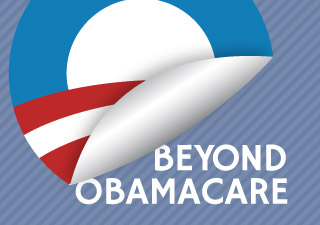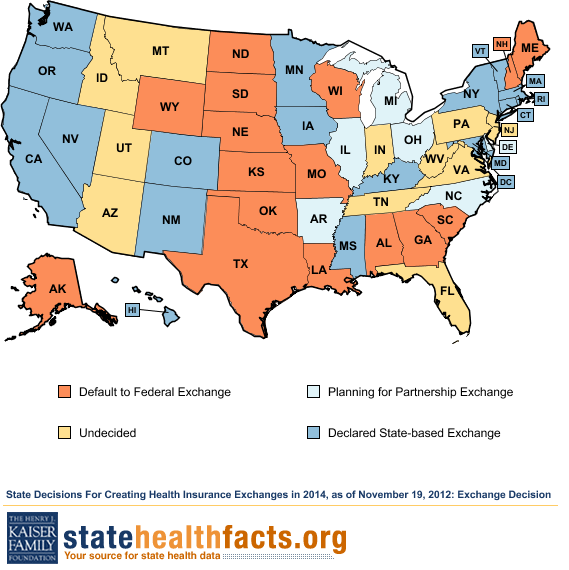Media
5 Must-Know Facts About Health Care Exchanges
 The election has been settled, but the future of the Affordable Care Act is far from it, as decisions are now in the hands of governors and state lawmakers. One of these decisions is whether to set up a state health insurance exchange subject to federal approval.
The election has been settled, but the future of the Affordable Care Act is far from it, as decisions are now in the hands of governors and state lawmakers. One of these decisions is whether to set up a state health insurance exchange subject to federal approval.
By leaving the creation of health insurance exchanges to the federal government, states can avoid the additional costs that will be imposed on already strained budgets. Moreover, state officials can avoid blame for rising premiums that are certain to occur.
Here are five things you need to know about health care exchanges:
1. States gain no control by setting up a state exchange instead of a federal or partnership exchange. State regulations cannot conflict with the regulations laid out by the U.S. Department of Health and Human Services (HHS). HHS can change regulations at any time.
2. Pennsylvanians will shoulder the cost of running the exchanges. Beginning in 2015, exchanges must become self-sustaining. The state will shift the administrative costs to consumers through a new user fee or higher premiums.
3. Health exchanges limit consumer choice and competition, which will further drive up the cost of care. Only HHS-approved or certified plans can be sold in an exchange. This type of regulation is the exact opposite of the patient-centered reforms we need to reduce the cost of health insurance.
4. Momentum against state exchanges is building. At least 16 states have refused to do the federal government’s work by designing and implementing a state exchange. A resistance unforeseen by Washington policymakers. See the Kaiser Family Foundation for the latest on where the states stand.
5. Pennsylvania hasn’t made a decision on whether to create a state, partnership or federal exchange. The new “deadline” is December 14, although this deadline has been consistently moved back and is largely meaningless.
For more on how states’ reluctance to create exchanges could undermine the entire ACA read here or watch this short video.
